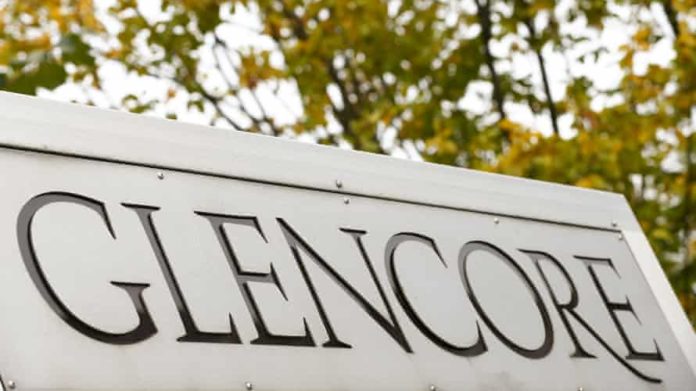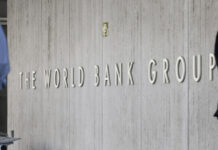
GLENCORE today unveiled a special cash dividend of $500m and plans to buy back up to $650m of its own shares following a strong improvement in interim earnings, delivered on the back of multi-year price highs for most of its metals and minerals.
These measures take the total proposed payout to shareholders to $2.8bn in the half year which was described by CEO, Gary Nagle, as the start of elevated returns from the group’s industrial assets. “Fiscal and monetary stimulus, successful vaccine roll-outs, and increasing momentum in relation to decarbonisation of energy systems should continue to underpin sector sentiment going forward,” he said in comments to the Swiss group’s interim earnings announcement.
The company reported adjusted earnings before interest, tax, depreciation and amortisation (EBITDA) of $8.7bn, a year on year lift of 79%. The improvement was largely driven by the recovery in the performance of Glencore’s industrial assets (mines) which comprised $6.6bn of the total EBITDA, a 152% year on year recovery, with marketing income making up the balance.
Funds from operations almost doubled to $7.3bn. It enabled Glencore to drop net debt 33% to $10.6bn as of June 30 representing the lower end of its guidance range.
The special dividend was equal to $0.04 US cents per share. The total return, included the dividend payout to which Glencore had previously committed, was $0.09c per share which compares to consensus estimates of $0.08/share.
Glencore planned to complete the repurchase programme by the publication of the firm’s 2021 annual results in February next year.
The results are in keeping with stellar returns unveiled by the diversified mining sector so far this year. On July 29, Anglo American announced a $4.1bn return to shareholders partly consisting of a $1bn buy-back and a $1bn special dividend. A day earlier, Rio Tinto announced record interim dividends totalling $9.1bn. BHP is to report on August 17.
Payout details
The $2.8bn return includes the $1.6bn Glencore agreed to pay in terms of its base $1bn dividend plus 25% of free cash flow from its industrial assets policy. Steve Kalmin, Glencore CFO, acknowledged that the return was “a bit conservative”, as the group wanted to keep net debt at $10bn or lower. He considered the reduction in Glencore’s net debt as “the highlight of the year”.
“In February next year we will have a base distribution that will mechanically be larger so we don’t want to double-dip on that,” he added.
Commenting on the second half of the year, Nagle said there would be an increased contribution from its coal assets which had been negatively affected by relatively weak pricing in the first half. “We anticipate a significantly improved finish to 2021, buoyed by the strong recovery in both thermal and coking coal prices from Q2,” he said.
“This won’t be the last record interim earnings,” said Kalmin. The coal division was “… a volatile business, not as liquid, with a huge pick up” in price due to come through. Based on a Glencore interim presentation slide, EBITDA from coal could total $5.9bn for the full-year compared to a $912m contribution in the first half.
Goldman Sachs said in a report that given Glencore’s net debt position, there is “… scope for additional returns at the full year results”. The company expects implied group EBITDA of $21.8bn at current spot prices which compares to the bank’s forecast of $20.4bn.
Glencore’s copper production accounted for 45% of EBITDA with the African copper business making the difference with a significant $900m turnaround, mostly from the firm’s Katanga assets in the Democratic Republic of Congo. Glencore said earlier this year it was re-commissioning its Mutanda copper business in the Congo.











